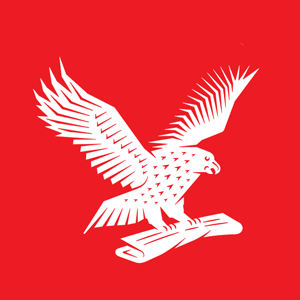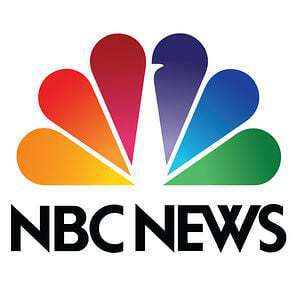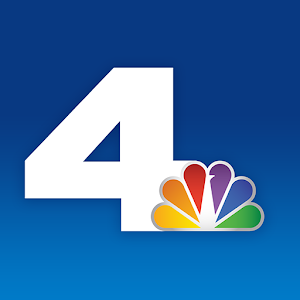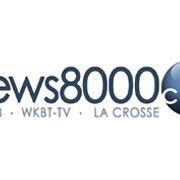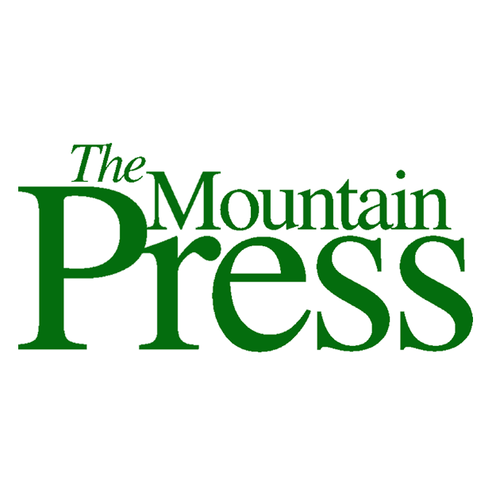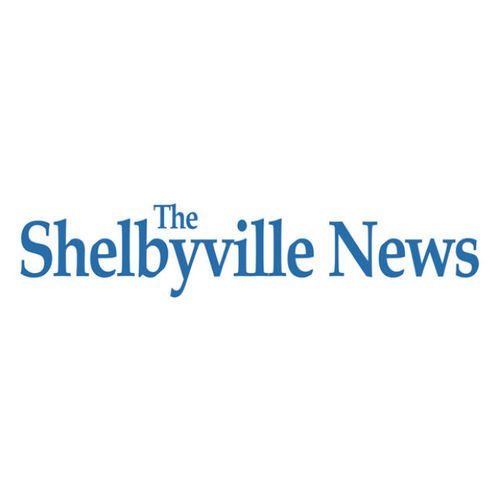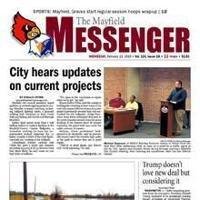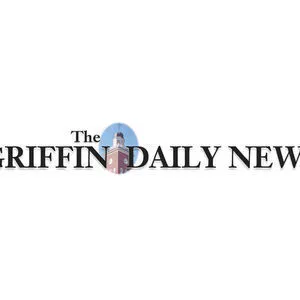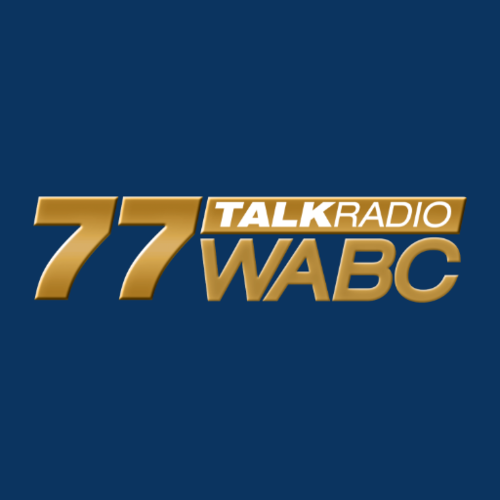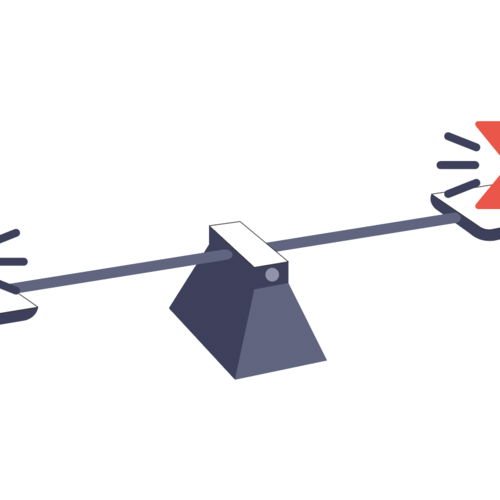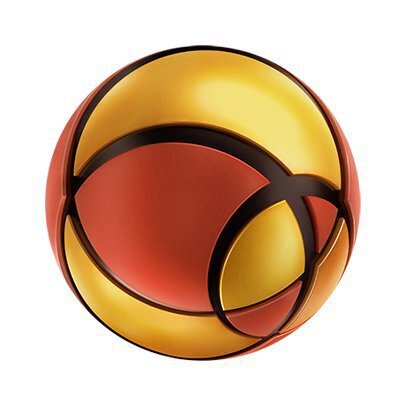- Two NASA astronauts, Suni Williams and Butch Wilmore, spent over nine months in space, as their mission was extended due to spacecraft issues. During a press conference Monday, the two spoke publicly for the first time about the challenges they faced. They also shared the gratitude they felt for the support they received during their time in space.
- Problems with Boeing’s Starliner, including helium leaks and thruster failures caused delays.
- Williams and Wilmore emphasized the importance of teamwork and training in space missions.
Full Story
After spending more than nine months in space due to multiple delays, NASA astronauts Suni Williams and Butch Wilmore are back on Earth, reflecting on their journey and the challenges they faced. Two weeks after their return, the astronauts opened up for the first time about their experience and shared what lies ahead for space exploration.
On Monday, March 31, Wilmore expressed his gratitude –– “Just to say thank you to a nation that got involved in all of this. It makes it special not just for us but for our nation as a whole. So thank you.”
Delays and spacecraft issues lead to extended mission
Williams and Wilmore were originally preparing for an eight-day mission to the International Space Station (ISS). However, due to issues with the spacecraft, NASA extended its mission to ensure the crew’s safety. The mission, which began in June 2024, drew global attention when the astronauts didn’t return until March of this year.
Williams, reflecting on their time in space, said the news brought good publicity. “It’s good for space exploration, and that’s what we’re all about. Our mission, of course, building and working on the ISS was just awesome. We all had the opportunity to do that. But we also have bigger goals of exploring our solar system, going back to the moon and going on to Mars.”
The mission encountered setbacks when Boeing’s Starliner spacecraft faced helium leaks and thruster failures, leading to several delays. The Starliner returned to Earth in September without any crew on board. NASA then arranged for a new spacecraft, with a crew aboard, to rescue Williams and Wilmore from the ISS.
The journey briefly became a political issue when President Donald Trump made public comments claiming the crew had been abandoned in space by the Biden administration.
Training and teamwork key to safe return, astronauts say
In response, Williams and Wilmore emphasized that space missions are complex and every situation is unique. Williams highlighted the importance of safety, explaining that the astronauts trained daily, both before the trip and while in space, to prepare their bodies for the mission’s challenges.
Wilmore also stressed the collaborative nature of the mission. He said blame isn’t the answer. It’s not a one-man game because getting to space and back safely was a team effort.
Addressing the challenges they faced, Wilmore took responsibility, saying, “There were questions that, as the commander of the spacecraft, I should have asked and I did not. At the time, I didn’t know I needed to.” He also acknowledged the shared responsibility, stating, “Responsibility with Boeing, yes. Responsibility with NASA, yes. All the way up and down the chain.”
Future of Starliner
The astronauts have a meeting with Boeing to offer insights on how to improve the Starliner. Both believe the spacecraft has great potential and could be a crucial asset to NASA’s future missions. They both insisted they would take another mission aboard a Starliner.
At the Johnson Space Center, Williams and Wilmore have begun therapy to help their bodies readjust to gravity after their extended stay in space. In total, the astronauts spent 286 days in orbit, making it the sixth-longest flight by a U.S. astronaut.
